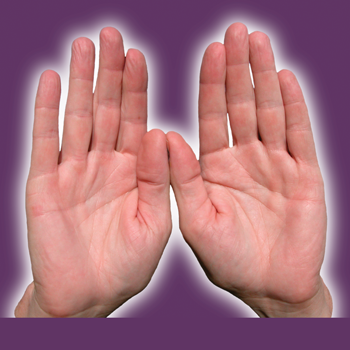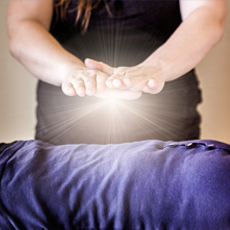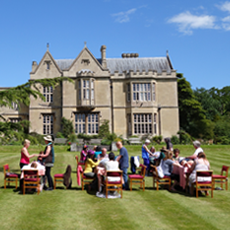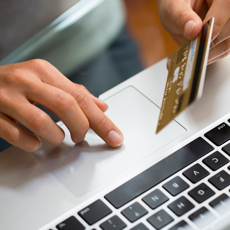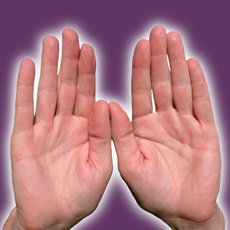by Kathie Lipinski, RN
As Autumn and the time of many beginnings approaches, it seems a good time to reflect on how my beliefs about Reiki have expanded and changed over the years. I have been working with Reiki now for ten years. It started out as learning a simple healing technique but has blossomed into so much more. Here are some of my thoughts.
I believe that Reiki is different things to different people. It is “user friendly” so to speak and it meets you where you are at in your life. It seems to find you when you are most in need or ready for the next step on your path. Perhaps your soul calls out for a better way. Or your higher power knows you need a change.
I believe that Reiki can be a simple healing technique, a spiritual path, or a personal empowerment journey (or all three combined.) That is why there are so many different schools of Reiki, so many different ways to do it, and so many varying philosophies. It is also why Reiki blends in so well with massage, cranio-sacral work, counseling, nursing, and any other helping or health related profession.
There is no perfect school or right way to do Reiki. Nobody’s Reiki is better than anyone else’s. The journey is to find who and what feels right to you. What philosophy (beliefs) or way of doing Reiki feels right for you? Are you a self-starting type that just needs the information to get you going or do you need a mentor and internship to help you along? Those questions are important in choosing a teacher and way of studying Reiki. Neither is THE way. What is important is YOUR way. How and what do you need to learn? That will help in your choice of a teacher and a school for learning Reiki.
The journey of Reiki is an exciting one. Finding the right teacher is the first step. And finding out which school of thought is another. And sometimes there are detours on the path. Taking a class with a teacher that wasn’t right for you often leads you to another. Or, the timing of the first attunement or empowerment is in divine timing…just when you needed it. Sometimes what is important are the other people in the class. All groups come together for a reason. Shared experiences, common lessons to be learned, or similar backgrounds make for a great class experience. And when you feel comfortable with others, you feel more open and safe to share your story and experience in class. That makes for powerful and healing experiences.
There is no wrong way to do Reiki. It is simply connecting with universal life force energy and bringing it to another. You can use the standard hand positions or intuitively go to the areas of most need. You can also scan. There are no Reiki police watching over you to correct what you are doing. The energy itself teaches you. Hand positions are only a guide to help you experience the flow of Reiki and give you structure when you are first starting out. Once you have experience and trust what you feel, the hand positions are only guides.
Reiki doesn’t do any harm and will not work if harm is intended or negative thoughts prevail. It cannot be used to control people or situations. It works to bring the best result or highest outcome for all. When using Reiki, we only ask for the best outcome possible. We do not know what that is. Reiki teaches you how to let go. Some people say, “this or something better” or “thy will be done.” This helps you detach from the outcome and let higher consciousness or the divine will prevail.
Reiki is for many, a simple healing technique. It is a gentle hands on (or in the aura) technique that brings deep relaxation, strengthening of the body’s ability to heal itself, and a speeding up of the healing process. Used with massage, polarity, acupressure, counseling, or any other healing work, it can be brought in before a session to prepare the room and fill it with Reiki energy. It can also be sent to the client on the way to the session. It can then be used to begin a session by placing your hands on the top of the head and bringing the symbols in. Then the general bodywork or counseling can be done. Reiki can be used anytime during the session. You might feel stuck or unsure of what to say or do next. Using one of the symbols can help you move along and get over the “bump.” I know many counselors, who, during their session, send Reiki with their eyes or from their heart, to the person. Some bring in the mental emotional symbol to help the person connect with the emotion and the issue. Reiki can facilitate the healing. Some massage therapists Reiki a tight muscle or trigger point while they are working.
Once you have Reiki, it actually flows while you are doing your work. It might be that little voice that says, “go here” or “say that.” So, in a sense, it is always on.
Reiki as a spiritual path is a gift for many. What may start out as learning a simple healing technique can lead you to a stronger faith, more connection to your higher power, or a belief system that focuses on compassion and connection with higher intelligence. The Reiki ideals are really guides for living. They can be viewed as a way of life or personal philosophy. Taking one ideal at a time and reflecting on it daily helps you to heal issues in your life. The way of Reiki is about learning to detach from outcome and being fully present in the moment. It is about unconditional love, caring, peace, compassion for all, and trust. One can sense that during a Reiki session. The person giving Reiki also receives. The way of Reiki is also about honoring people’s path. Seeing them as the divine person that they really are and honoring the best in them is evident in the translation of the distant healing symbol. “The buddha (or Christ) in me reaches out to the buddha (Christ) in you, to promote enlightenment and peace.”
Reiki can also be practiced by anyone, regardless of their religious affiliation. One does not have to believe in Buddhism (or practice it) for Reiki to work. It originated with Dr. Usui, who was a Buddhist, so he brought that influence in. But, Reiki is really about unconditional love, healing, and acceptance. It is also about the teachings of Christ and Christianity as well. The Reiki ideals are similar to the golden rule and the concept of loving thy neighbor as thyself. The difference is only who brought it in (or developed it.) The intent is the same. To bring the love of the creator (God, Great Spirit, universal intelligence) to all for healing. And letting go of outcome and trusting in a higher power and intelligence. One can practice Reiki and still keep their religious affiliation or belief system. One does not exclude the other. I know many nuns and priests practicing Reiki and they have found it to be a direct expression of God’s love for all his creations. The simple act of loving and compassionate touch is God’s love in action.
For those who have no religious affiliation, the practice of Reiki can help you see the divine in all.
Reiki as a personal empowerment tool, helps you to be all that you can be. In “The Celestine Prophecy,” by James Redfield, he talks about all our natural human abilities. The ability to know, to sense energy, to bring healing to others, are all normal human abilities. It is simply a choice to develop them or not. Reiki is like that. The more you practice Reiki, the more you get in the flow of life. You learn to sense energy and to sense the flow of life around you. We live in a world of energy and Reiki helps you to tap into that and learn to read it and work with it. That includes learning to sense the energy of a meeting, a person, a situation, and acting accordingly. Going with the flow is not just a cliché.
Reiki also enhances natural abilities. If you are an artist, it helps develop your artistic expression. If you have an intuitive sense, Reiki heightens that. If you have a business head, Reiki can enhance that as well. In the practice of Reiki, working with energy helps you to connect with your path, your skills, and develop your senses. But it takes practice and trusting what you feel.
This is what I have learned in ten years of practicing Reiki. I know there is more, and I am excited about the next part of my journey. How about you?


